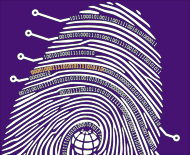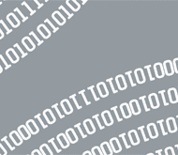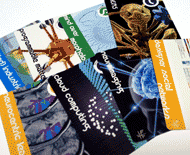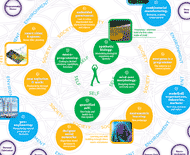When Everything is Programmable

When Everything is Programmable
Technology Horizons Fall 2009 Research
Millennia ago, young couples in Egypt prayed to fertility gods with the hope of receiving the gift of a child. Much later, Native Americans performed ceremonial dances to pray for rain and a bountiful harvest. In the middle of the 19th century, the Central European monk Gregor Mendel selectively crossbred pea plants to control the characteristics of their offspring. While the approaches differ, the aim of these endeavors is the same: to set in place levers of control in order to achieve desirable outcomes, or in todays vernacular, to program. In each case, humans develop formal rules and then run processes intended to deliver specific results. At every stage, we use the latest tools and knowledge of the times in efforts to achieve control of bodies, minds, and surroundings. Now on the horizon are new kinds of tools for programming our world. These tools leverage ubiquitous data and use computational power to discern patterns in data, create computational power to discern patterns in data, create computational representations of various systems, and tweak them to achieve desirable outcomes.
Publication Date
2009







